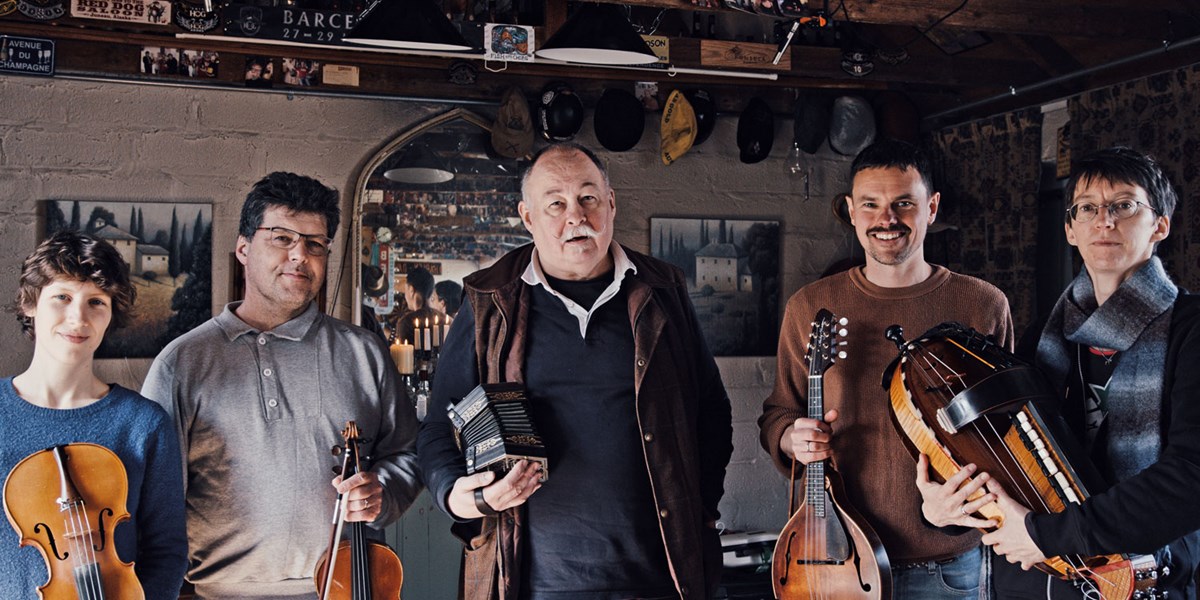Thursday, July 18, 2024
Searching for the Folk Songs of the Channel Islands
By Devon Léger
Devon Léger speaks to Lihou, a group reviving the rich multicultural folk songs of the Channel Islands

Lihou (photo: Elliott Mariess)

Register now to continue reading

Thanks for visiting the Songlines website, your guide to an extraordinary world of music and culture. Sign up for a free account now to enjoy:
- Free access to 2 subscriber-only articles and album reviews every month
- Unlimited access to our news and awards pages
- Our regular email newsletters

